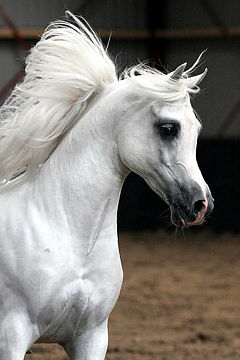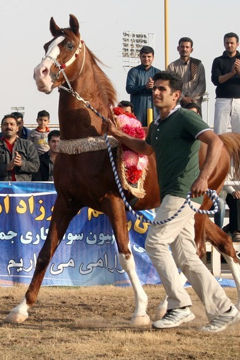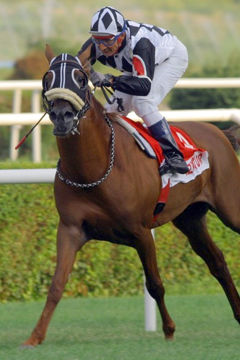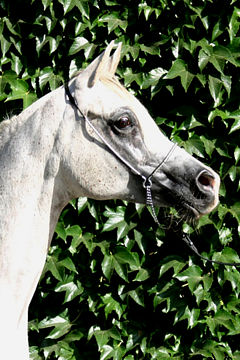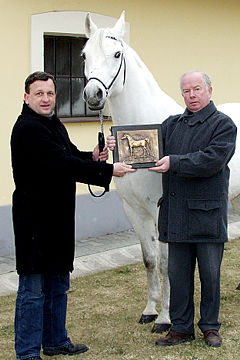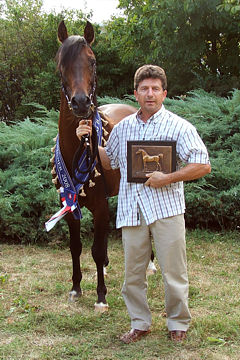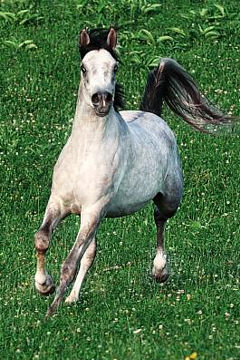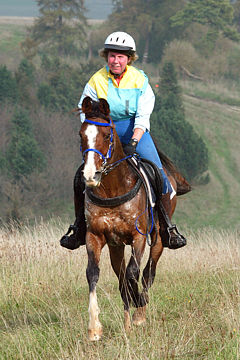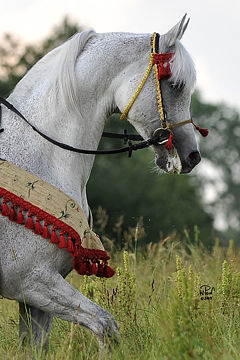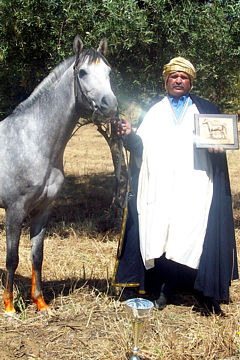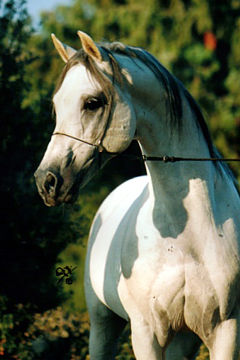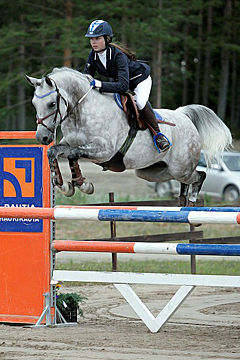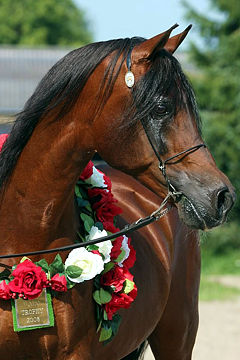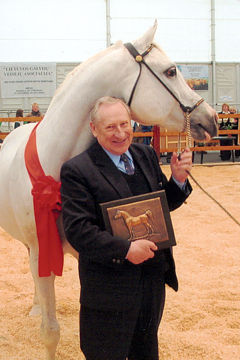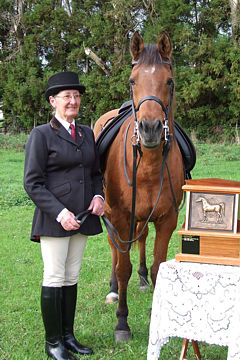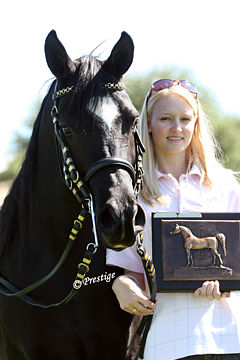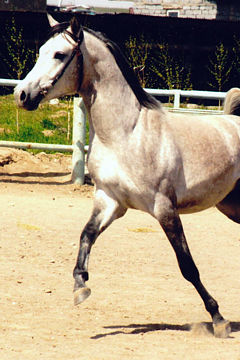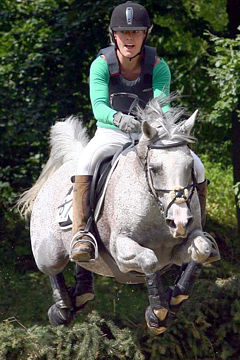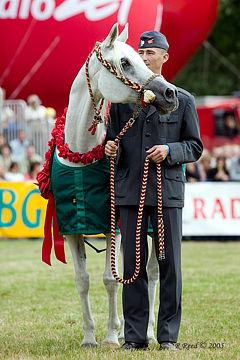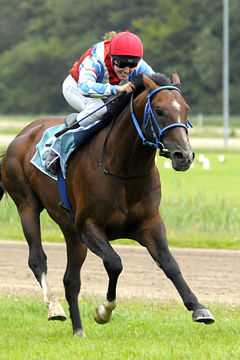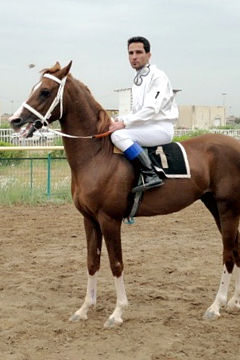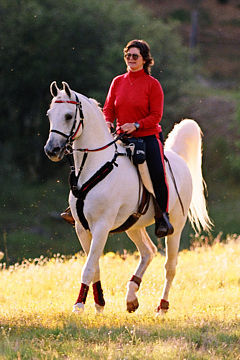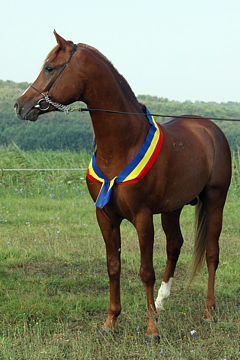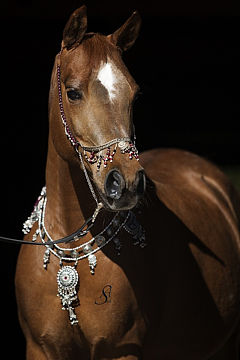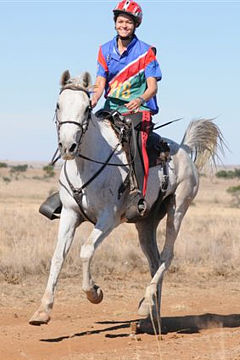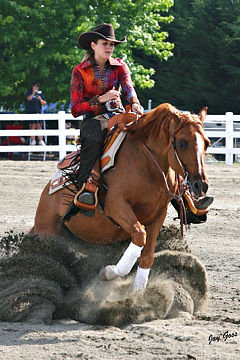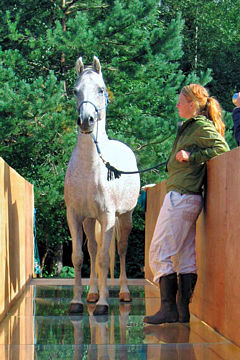
REPORT MADE AT THE 2019 WAHO CONFERENCE:
Dr. Wang Zhenshan, China: Distinguished President Mr. Peter Pond, Members of the Executive Committee, Delegates, ladies and gentlemen, good afternoon. My name is Wang Zhenshan, Secretary General of the China Stud Book for Thoroughbreds and for the China Arabian Horse Association.
First of all, I would like to make a brief summary on Arabian horses in China. On October 13th 2017, the China Arabian Horse Association was officially established. On August 1st 2018 the WAHO booklet “Requirements for establishing and keeping a stud book incorporating minimum requirements for the use of artificial insemination and embryo transfer” were translated into Chinese.
On August 5th 2018, China’s first Arabian horse Show was held in Beijing, hosted by the China Arabian Horse Association. There are several endurance races held in China. Over the past two years we have worked hard on the investigations on Arabian horses in China, according to our statistics there are more than 270 Arabian horses in China, mostly imported horses, mostly from America and Europe. In the last two years we have imported 100 Arabian horses from Tersk Stud Farm in Russia, but we didn’t yet have the export certificates. Among these 270 Arabian horses, 93 horses have export certificates kept in the WAHO office. But the actual number of Arabian horses in China may be more than 270, because it is hard to find where these horses are located because we haven’t had the registry for a long time, to register them. Also the horses are often re-sold several times and it can be very difficult to find where the horses are now located. We have taken blood samples from 38 Arabian horses for DNA testing and drawn the markings and made the descriptions.
We compiled the Chinese Arabian Horse registration rules in accordance with the requirements of the WAHO. We have also completed the design of the registration certificate and passport of the Arabian horse. Our DNA testing laboratory is accorded rank one by the ISAG, we are ready to start running the China Stud Book. Last year the gift of an Arabian horse from the United Arab Emirates to the President of China has greatly increased the Chinese people’s love and interest in the Arabian horses.
Finally, I would like to express my sincere thanks to Miss Katrina Murray, Executive Secretary of WAHO and to Mrs. Debbie Fuentes of the Arabian Horse Association of America for their kind help and guidance. Thank you very much for your attention.
MEMBER REPORT FROM 2017 CONFERENCE:
Gaofeng Yue, China: Dear Mr. President, Members of the Executive Committee, Delegates, ladies and gentlemen, good afternoon. On behalf of China Horse Industry Association, also called CHIA, I would like to express our sincere gratitude to His Majesty the King and WAHO for their warm welcome. My name is Gaofeng Yue and I am the Secretary-General. I come here with Dr. Zhenshan Wang, the Secretary-General of the China Stud book Committee and Miss Rebecca Dai, the Director of International Affairs of CHIA; and some important members of CHIA group. This is our first time at a WAHO Conference and we are proud of being here, representing China as the newest Applying Member of the international WAHO family. I would now like to give you some background history and stories about the Arabian horse in China.
Over the past ten decades, generally acclaimed as an excellent breed, the Arabian horse has made very good impressions on Chinese horse owners. Historically, the Arabian horse has been introduced into China for many times. According to legend the prophet Mohammed’s friend Omar, leading his wife and a group of forty horsemen riding Arabian horses, arrived in Yili region of Xinjiang, China. After receiving the blood of these Arabian horses, the Yili horse as a breed was improved greatly, that’s why the two breeds share some common features.
In September 1934, the ten Arabian horses imported from the British company called John Holden were soon kept in Jurong Stud farm after their arrival in Shanghai. This was the first time for Arabian horse importation. It is interesting that a total of 11 Arabian horses, instead of 10, were imported according to the record, we thus surmise that the one-year old colt name “George” was most likely born shortly before or during the transport. In the same year, the Guangxi province also imported 3 Arabian stallions from India.
As one of the ancient breeds, the Arabian horse has good conformation, elegant and beautiful, it has strong adaptability to the environment, hardy and easy to keep. In the spring of 1937, in order to improve the performance of military horses, delegates from the Jurong Stud Farm, China went to Iraq to officially buy Arabian horses. A total of 23 Arabian horses were imported to China in 1937. The Arabian horses imported in both 1934 and 1937 from UK, India and Iraq were kept in Jurong Stud Farm. However, due to the outbreak of the Anti-Japanese war in 1937, the stud farm was moved to Qing Zhen county of Guizhou province in October of 1938, then called Qing Zhen Stud Farm. Since 1949, Qing Zhen stud farm was transformed into a military one. The number of Arabian horses bred and improved there once reached 700. Now, there are still progenies of Arabian horse cross-breeds in the southwest area of China.
In 1993 a Japanese friend, Mr. Ishikawa Ryonami, presented six Arabian horses as gifts, two stallions and four mares to the vice-chairman of the Standing Committee of the National People’s Congress. In 1995, Mr. Ishikawa again sent twelve Arabian horses, six stallions and six mares. All the above 18 horses were from Kentucky, USA. At the same time, the stallions were also used to improve local breeds, which made some achievements. As a result, the purebred Arabian stock was increased to a considerable number.
In May 2015, the President of Kyrgyzstan presented a grey Arabian stallion name Czar Dam to President Xi Jinping. Czar Dam was born in Poland, by Poganin out of Contra. It is believed that this national gift horse has many excellent qualities, inherited from his well-known ancestors, and will enhance the standard of Arabian breeding in China in the future.
The Arabian Horse Association of America was invited by CHIA to hold a symposium on Arabian horses in Beijing on January 30, 2016. At this time, Miss Debbie Fuentes suggested CHIA to join WAHO. We would like to thank her for all her assistance and for so generously making great efforts to educate our owners and breeders.
In the last ten decades many Arabian horses have been imported from different countries into China. Today we estimate that China has a stock of over 200 living Arabian horses, all of them either imported from WAHO approved studbooks, or their direct progeny. Under the guidance of CHIA, the China Arabian Horse Association, besides making great efforts to become a Registering Authority Member of WAHO, will from now on maintain the registry and studbooks, and popularization for Arabian horses in China. Our first task will be to register every living Arabian in our country for inclusion in our first Arabian Studbook in China which, with the help of WAHO and of our Registrar colleagues around the world, we intend to have ready to submit for approval within the next year.
China has a splendid horse culture of 5,000 years. Today, nearly 6 million horses still live in our country with its area of 9,600,000 square kilometres. As the world’s second largest economy with a population of 1.4 billion, China has more than 1,000 equestrian clubs, stud farms and racetracks included across the country with over 10 million faithful horse lovers. As a result, the horse industry in China has won unanimous support of the government as well as the public, and its rapid development has attracted attention from all over the world. We strongly believe that the excellent genes and culture of the Arabian horses will be preserved and spread in China, thus making our special contributions to the prosperity of this noble breed. I wish all of you enjoy a good health and be happy forever. Welcome to China and welcome to CHIA. Thank you for your attention. (Applause)

